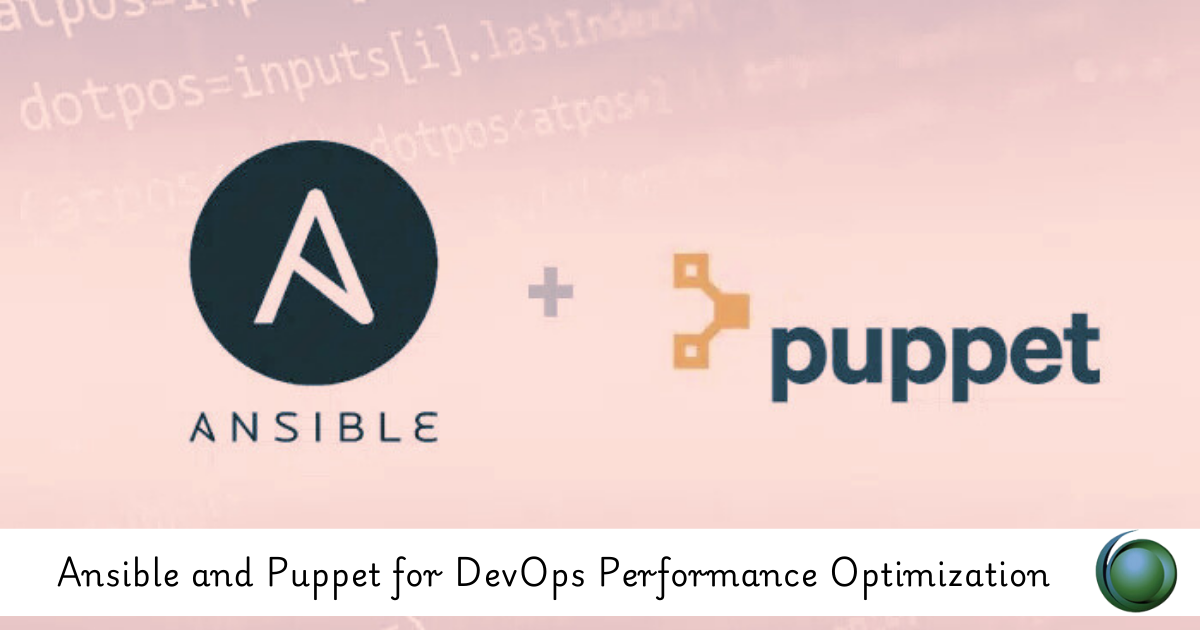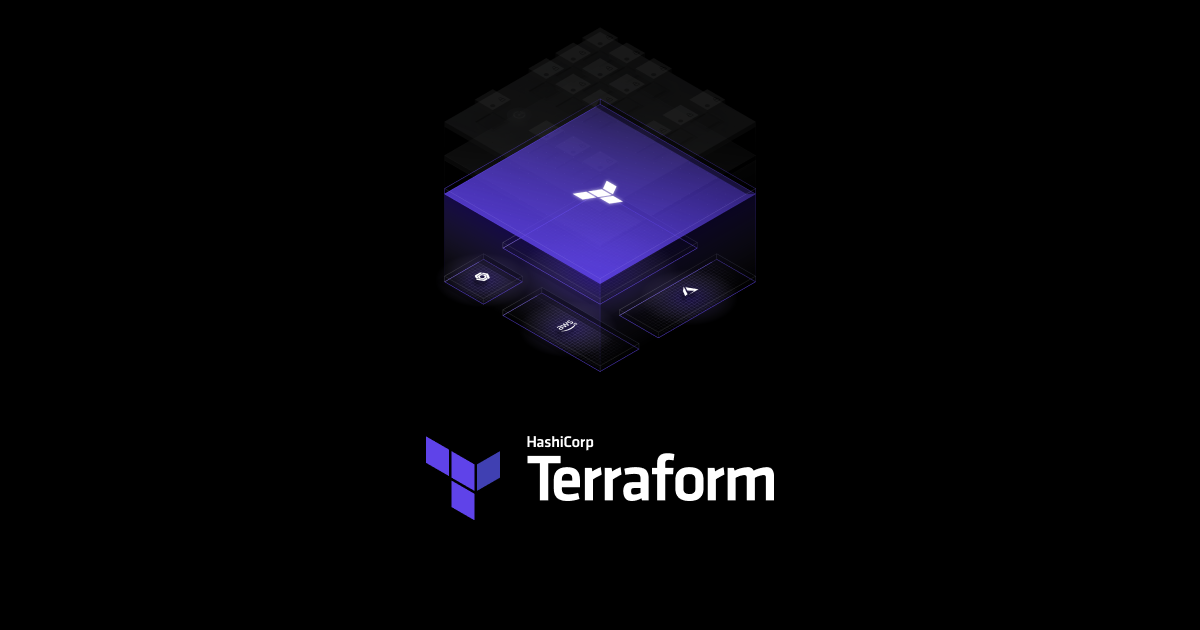1: Introduction
1.1 What is DevSecOps?
1.2 Understanding the Core Concepts and Objectives
1.3 Key DevSecOps Principles
1.4 Shifting Security Left: Automating Security Tasks and Integrating Security in CI/CD
1.5 Security as a Shared Responsibility
1.6 How DevSecOps Fosters Collaboration Between Development, Security, and Operations Teams
1.7 Hands-On: Mapping the DevOps Pipeline to Security Controls
2: Security in the Continuous Integration/Continuous Delivery (CI/CD) Pipeline
2.1 Securing the CI/CD Pipeline
2.2 Best Practices for Integrating Security Checks and Tests into CI/CD Workflows
2.3 Static and Dynamic Security Testing
2.4 Exploring SAST and DAST Techniques for Identifying Vulnerabilities During Development
2.5 Security Automation in CI/CD
2.6 Tools and Techniques for Automating Security in CI/CD Processes
2.7 Hands-On: Implementing SAST and DAST in a CI/CD Pipeline
3: Securing Cloud Infrastructure
3.1 Cloud Security Best Practices
3.2 Key Security Considerations for Cloud-Native Applications and Infrastructure
3.3 Cloud Security Tools and Techniques
3.4 Tools like AWS GuardDuty, Azure Security Center, and Google Cloud Security Command Center
3.5 Securing Infrastructure as Code (IaC)
3.6 Ensuring Security and Compliance in Cloud Infrastructure Configurations
3.7 Hands-On: Implementing Cloud Security Tools in a DevSecOps Environment
4: Vulnerability Management and Security Testing
4.1 Vulnerability Scanning Tools
4.2 Overview of Tools like OWASP ZAP, Nessus, and Aqua Security
4.3 Managing Vulnerabilities
4.4 Continuous Identification and Remediation of Vulnerabilities in Applications and Infrastructure
4.5 Security Testing Automation
4.6 Automating Security Testing in Development and Pre-Deployment Phases
4.7 Hands-On: Automating Vulnerability Scanning in a DevSecOps Pipeline
5: Incident Response and Monitoring
5.1 Continuous Monitoring for Security Threats
5.2 Setting Up Monitoring Tools for Real-Time Threat Detection
5.3 Incident Response Strategies
5.4 How to Prepare for and Respond to Security Incidents in DevSecOps(Ref: Infrastructure as Security in DevSecOps: Best Practices and Automation)
5.5 Security Monitoring Tools
5.6 Tools like Splunk, Datadog, and Prometheus for Real-Time Monitoring
5.7 Hands-On: Implementing Continuous Monitoring and Incident Response in DevSecOps
6: Compliance as Code in DevSecOps
6.1 What is Compliance as Code?
6.2 Automating Compliance Checks and Policies in DevOps Pipelines
6.3 Integrating Compliance in CI/CD
6.4 Implementing Continuous Compliance Checks Using Automated Tools
6.5 Compliance Tools
6.6 Tools for Automating Compliance (e.g., HashiCorp Sentinel, Open Policy Agent)
6.7 Hands-On: Setting Up Compliance as Code in CI/CD Pipelines
7: Advanced Threat Modeling and Risk Management
7.1 Understanding Threat Modeling
7.2 How to Create a Threat Model to Identify Potential Security Risks
7.3 Risk Management
7.4 Integrating Risk Management Processes into the DevSecOps Lifecycle
7.5 Tools for Threat Modeling
7.6 Tools like Microsoft Threat Modeling Tool, OWASP Threat Dragon
7.7 Hands-On: Building a Threat Model for a DevSecOps Environment
8: DevSecOps Culture and Organizational Change
8.1 Building a Security-First Culture
8.2 How to Foster a Security Mindset Across Teams and Departments
8.3 Training and Upskilling Teams
8.4 Best Practices for Training Developers, Security Professionals, and Operations Teams in DevSecOps
8.5 Metrics and KPIs for DevSecOps
8.6 How to Measure the Success of DevSecOps Practices in Your Organization
8.7 Hands-On: Creating a DevSecOps Adoption Roadmap for an Organization
9: DevSecOps Practitioner Certification Exam Preparation
9.1 Review of Key Concepts
9.2 A Comprehensive Review of the DevSecOps Practices Covered in the Course
9.3 Practice Exam
9.4 Mock Exam to Prepare Participants for the Certification Test
9.5 Exam Strategies and Tips
9.6 Tips for Taking the Certification Exam and Managing Time Effectively
9.7 Q&A Session
Conclusion
Earning the DevSecOps Practitioner Certification positions professionals to effectively embed security into the DevOps pipeline, promoting a culture of collaboration and proactive risk management. This certification demonstrates a commitment to security and helps organizations achieve compliance while accelerating software delivery. Equip yourself with the necessary skills to lead in a security-first DevOps environment.







Reviews
There are no reviews yet.